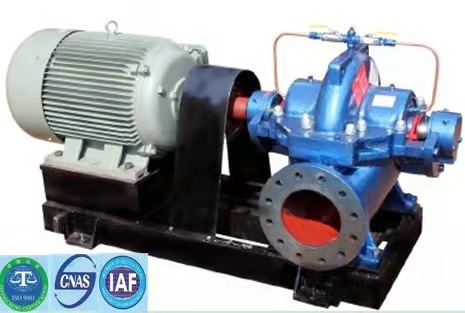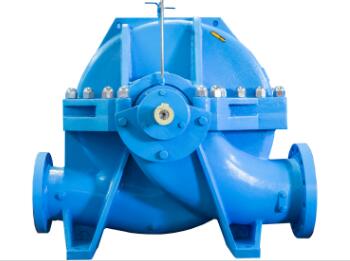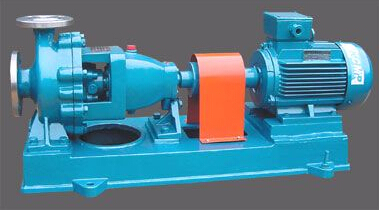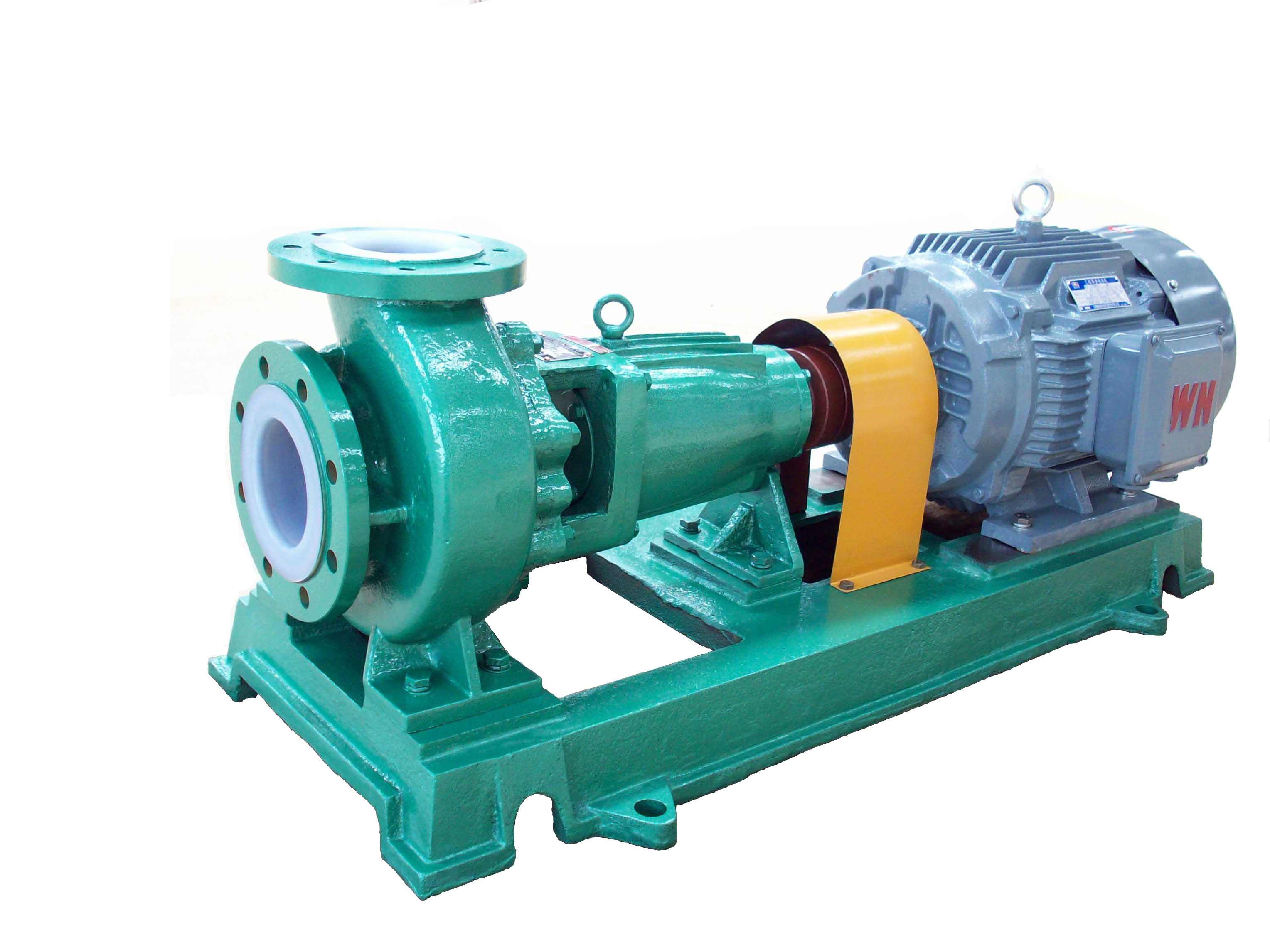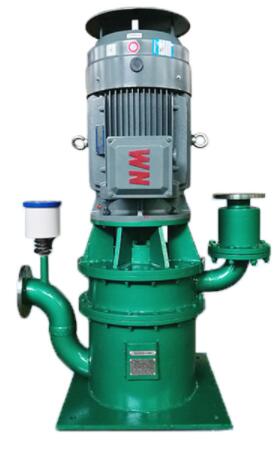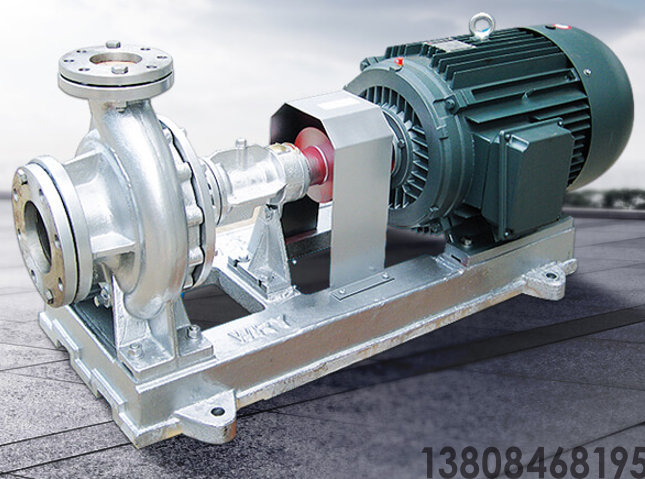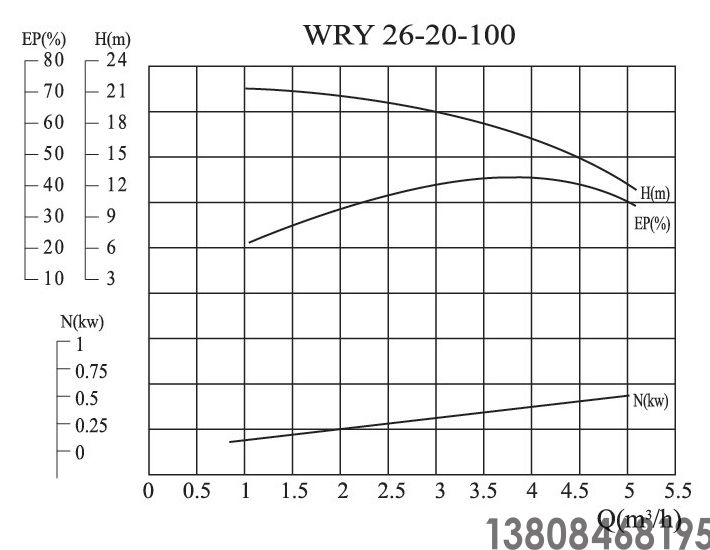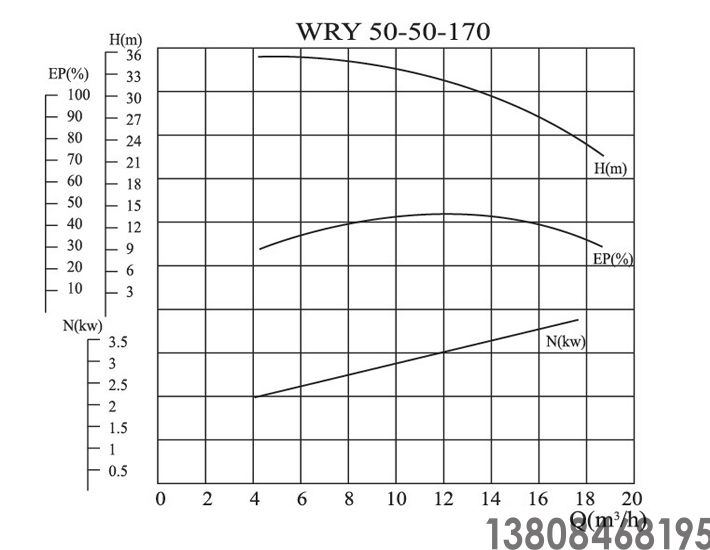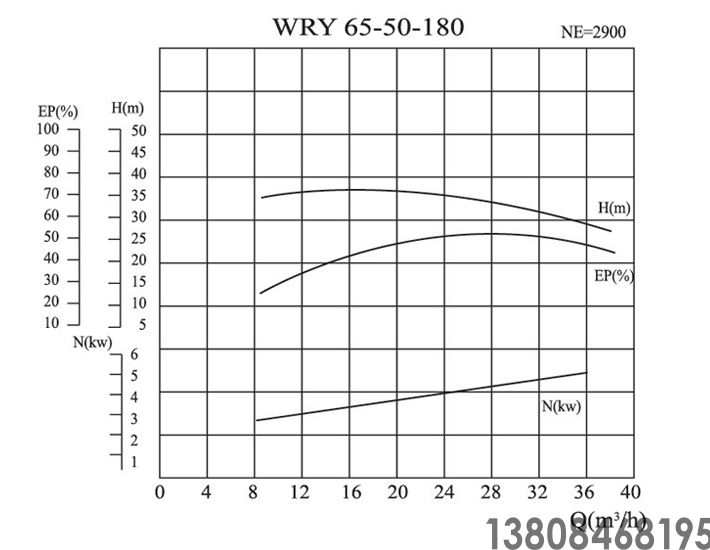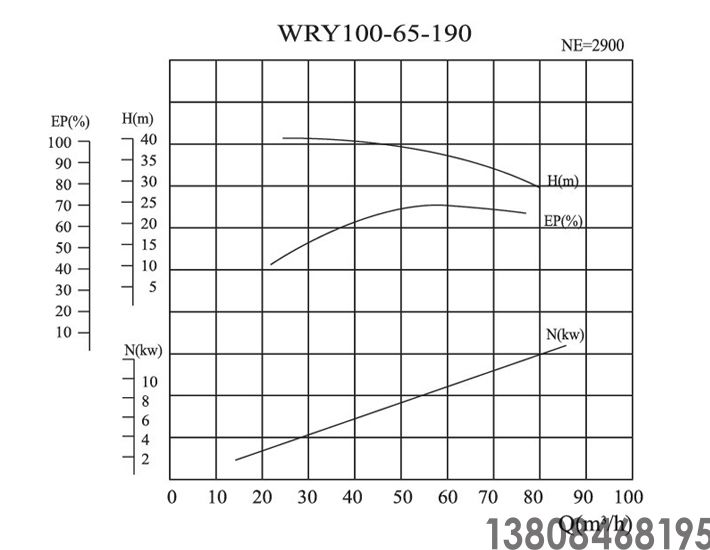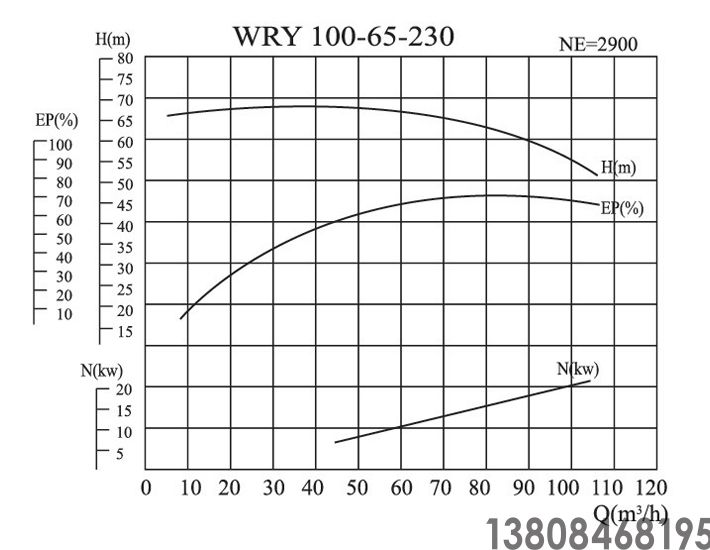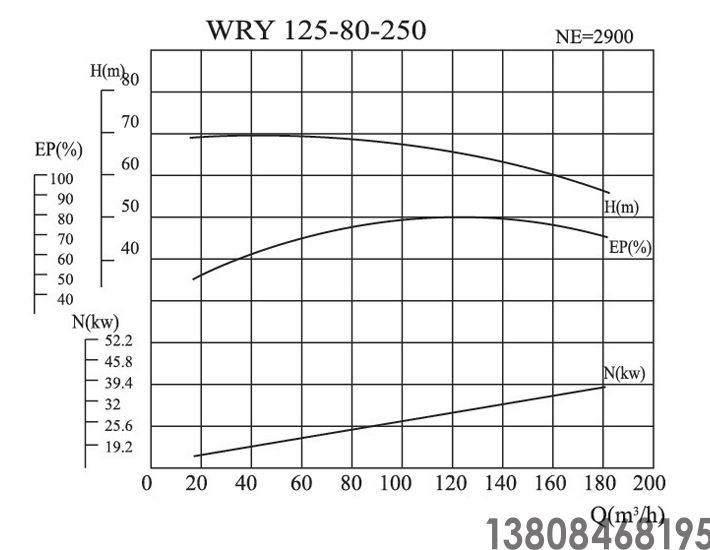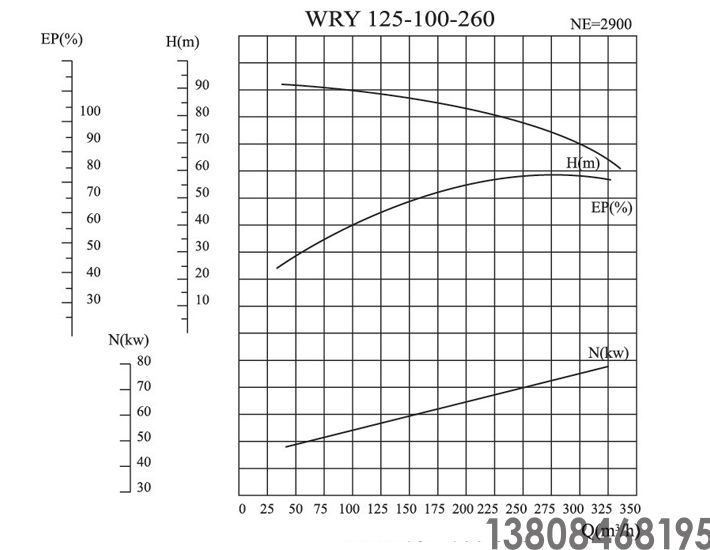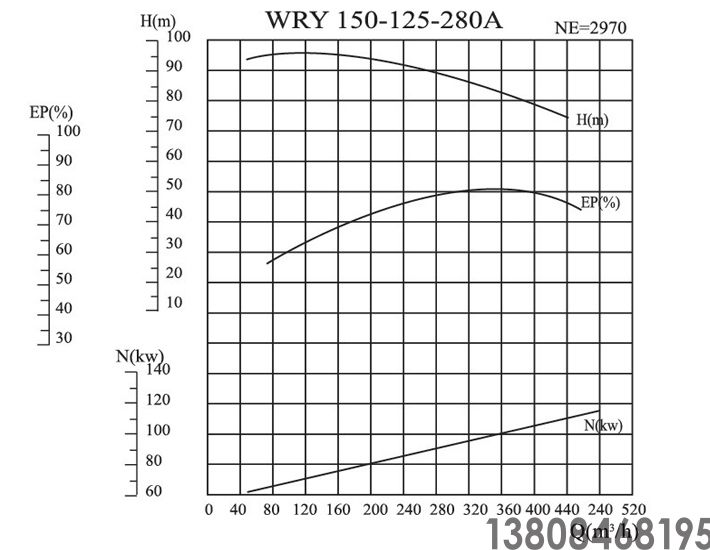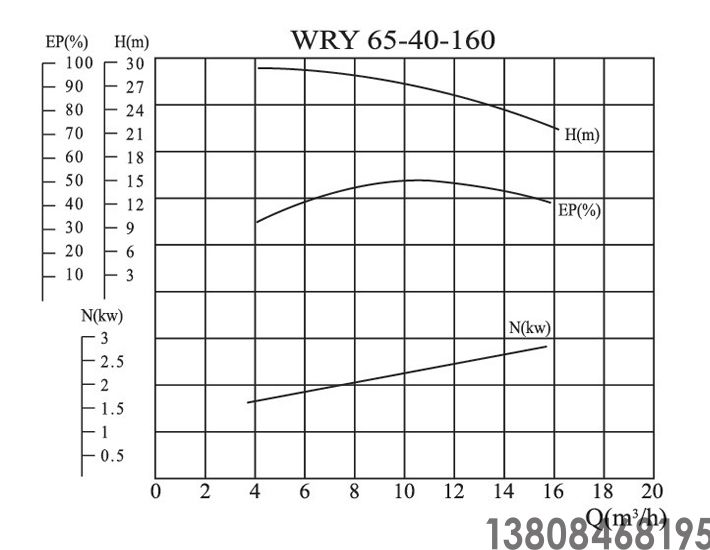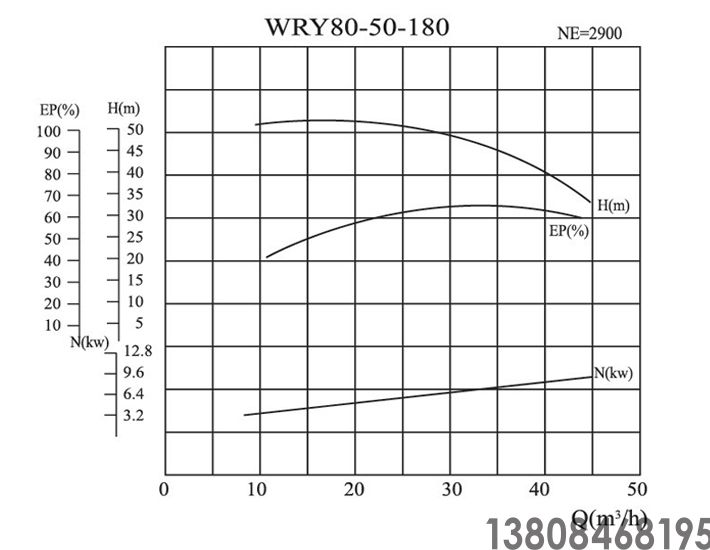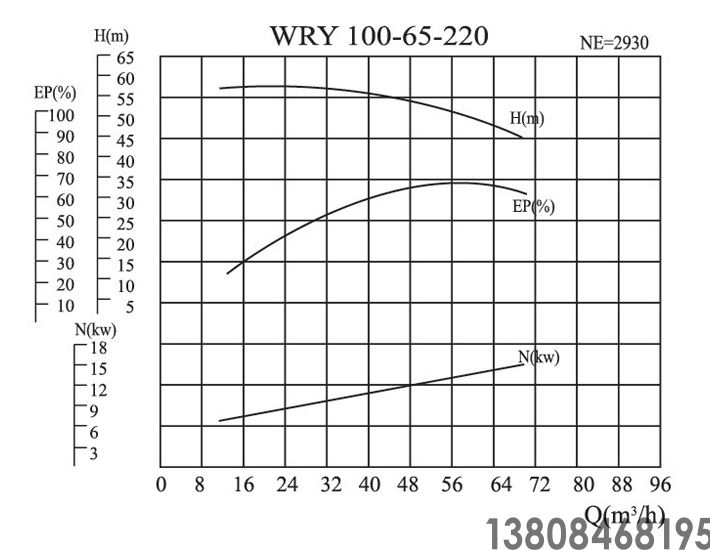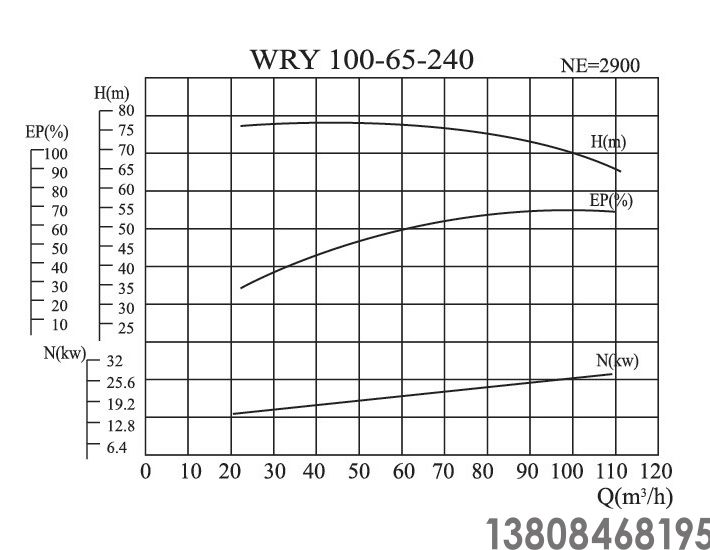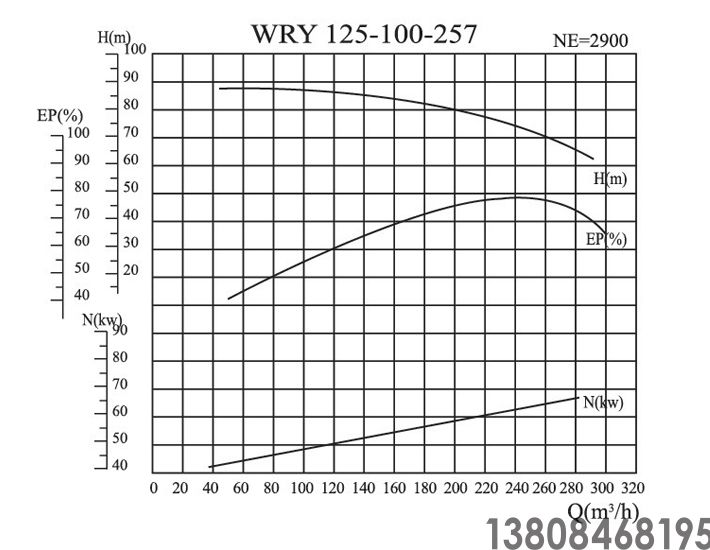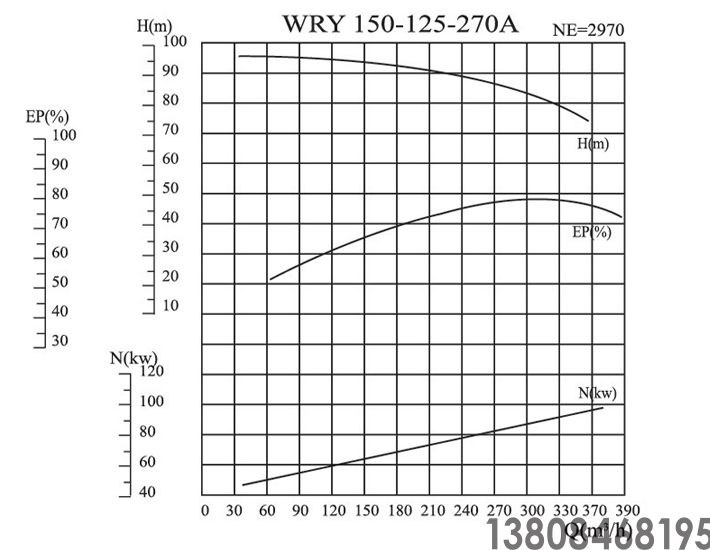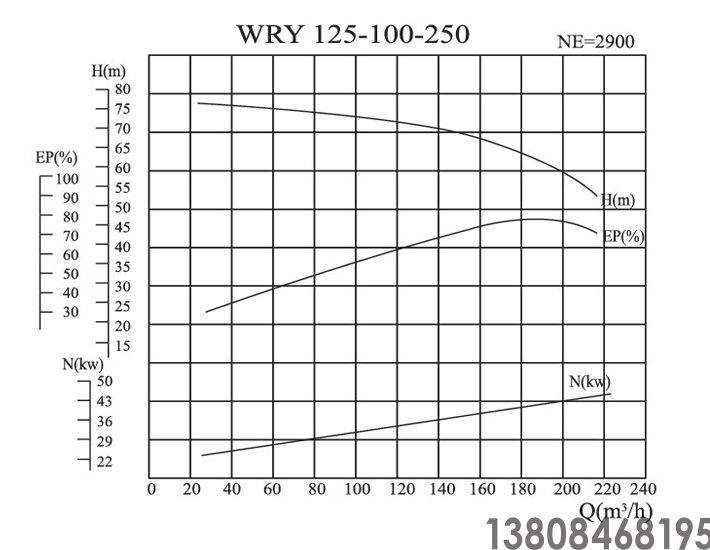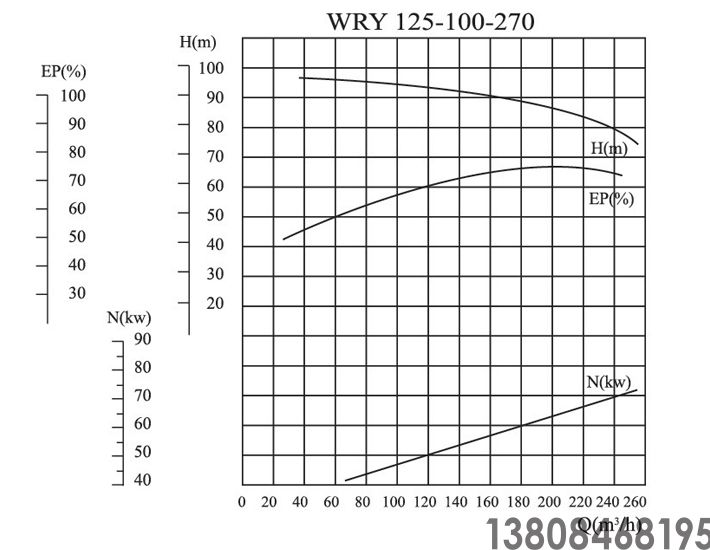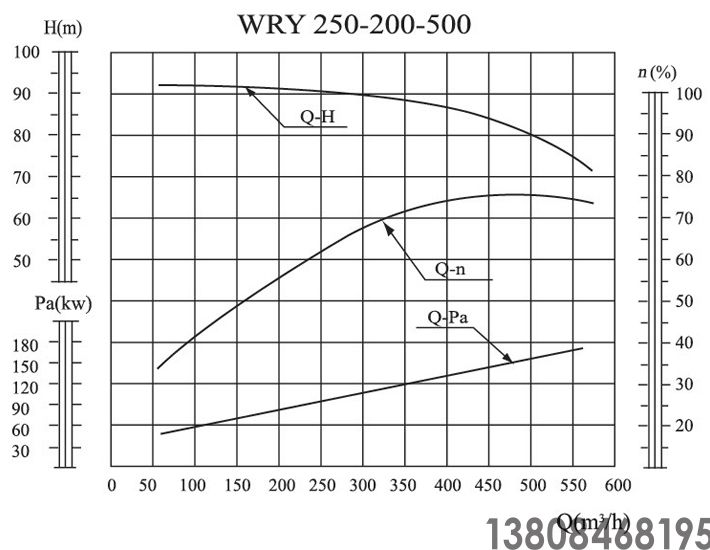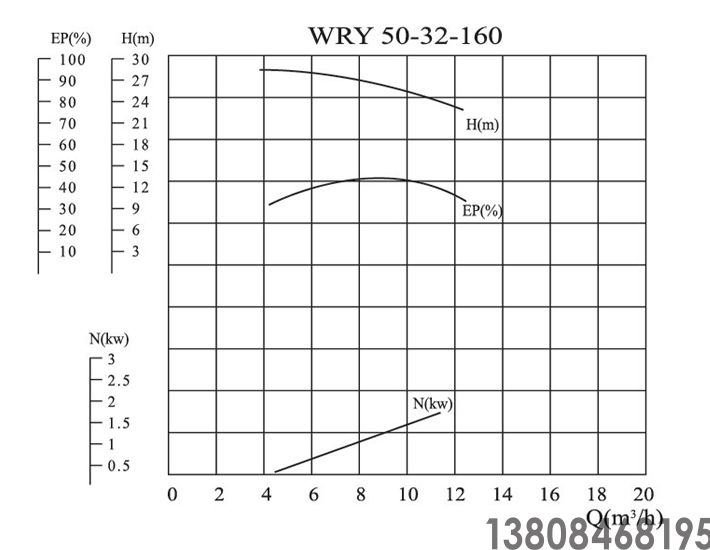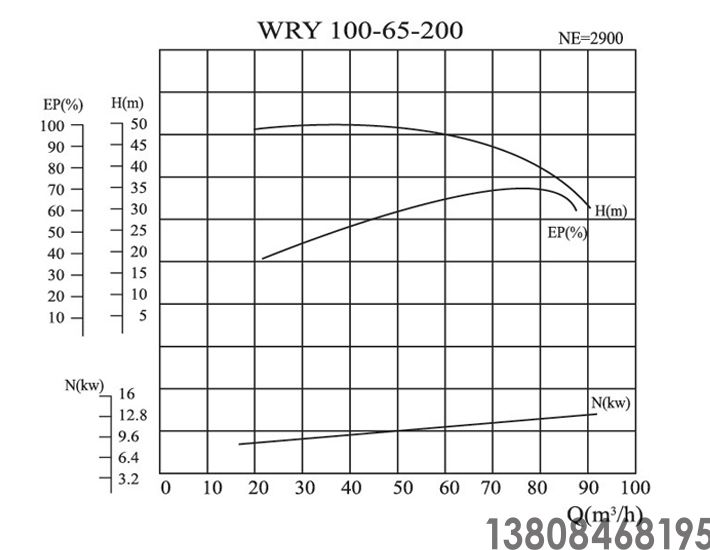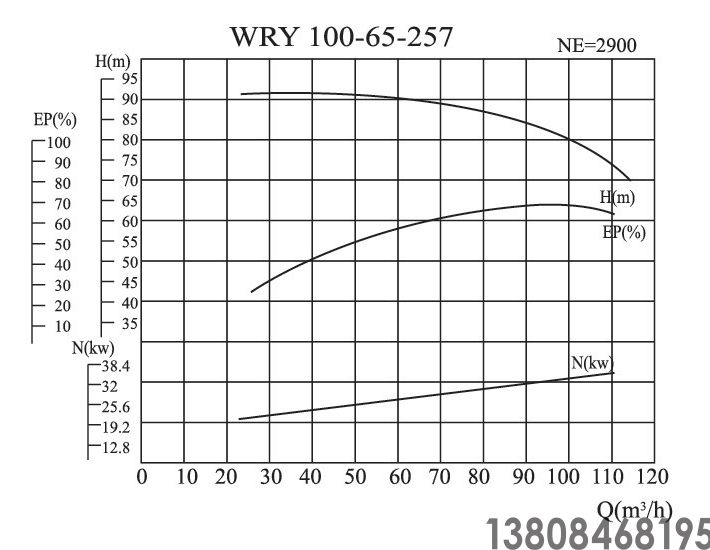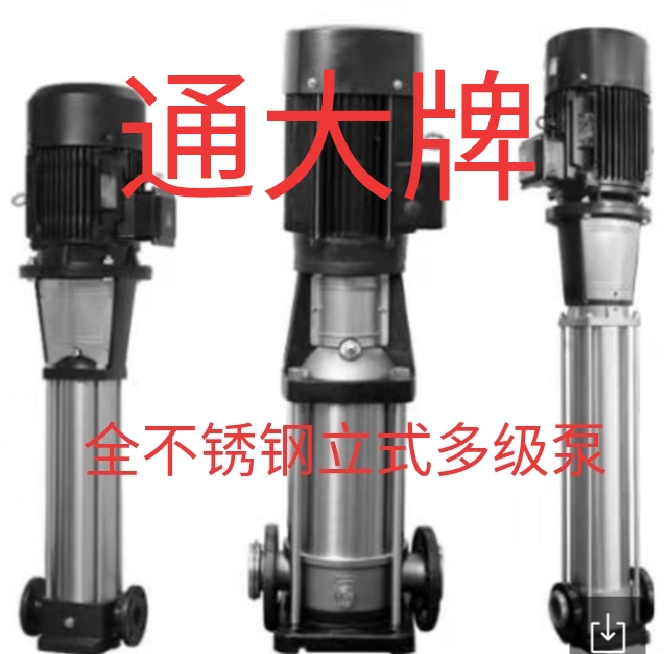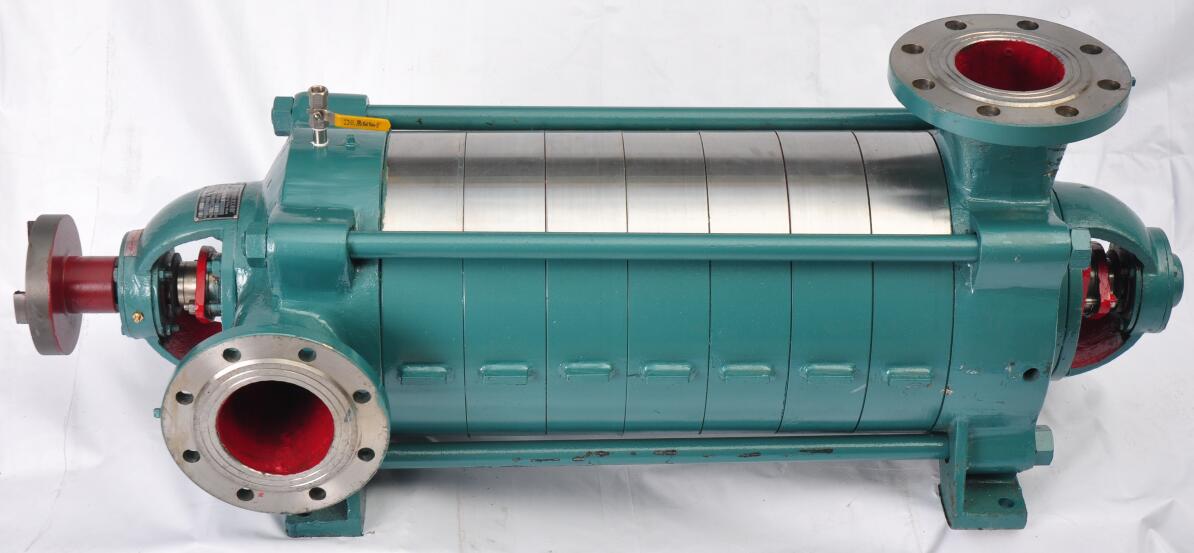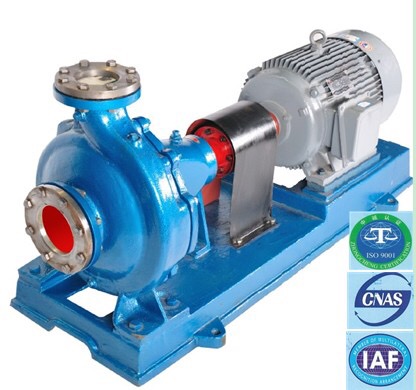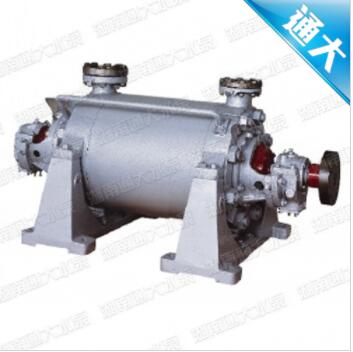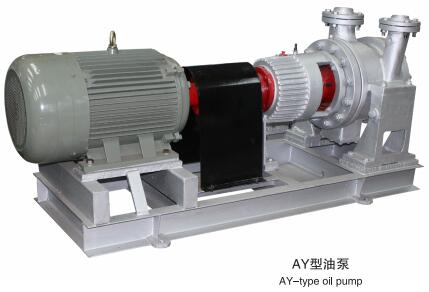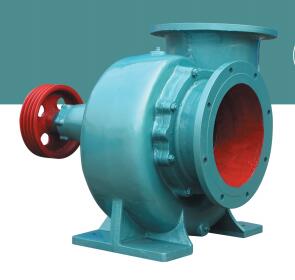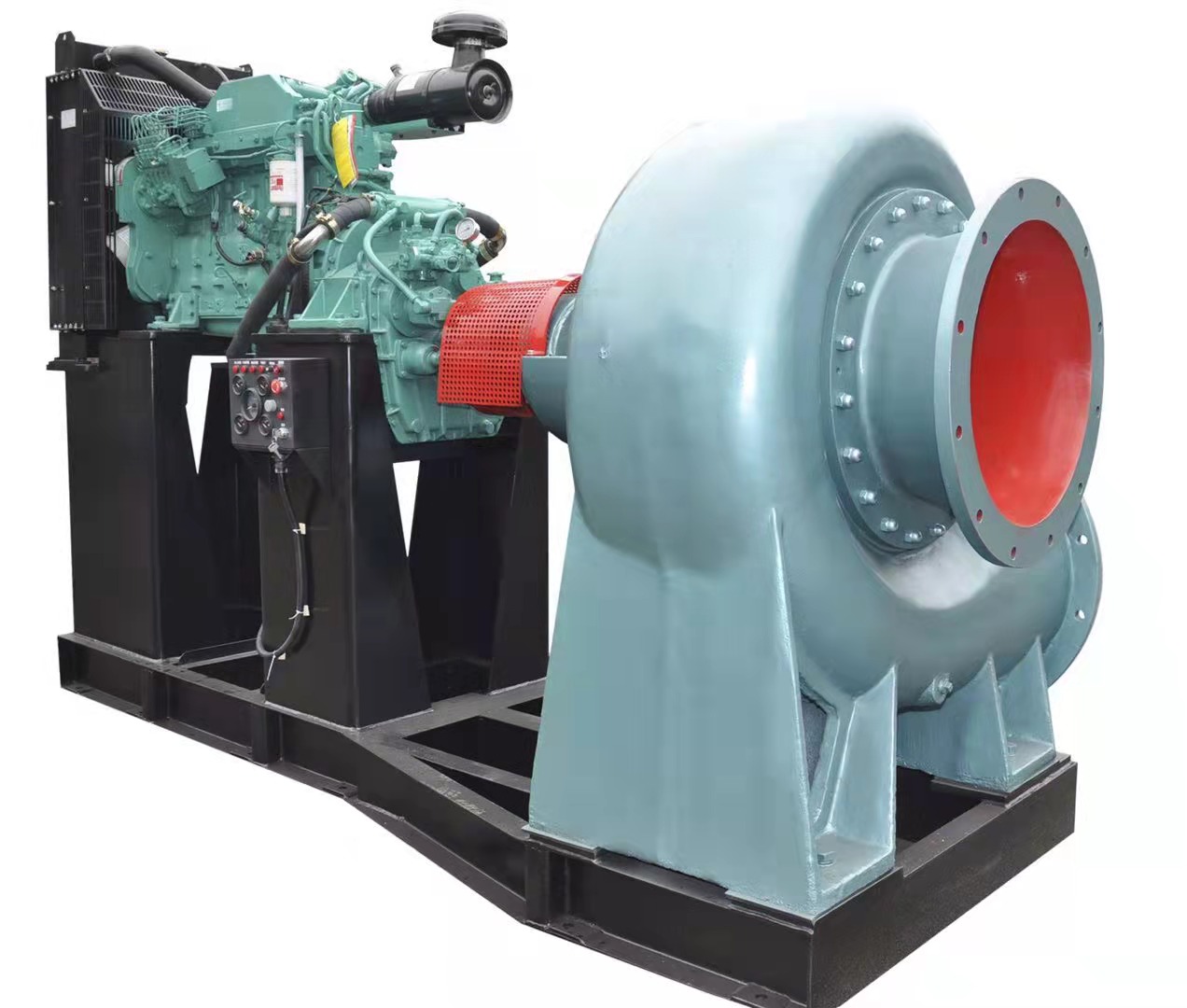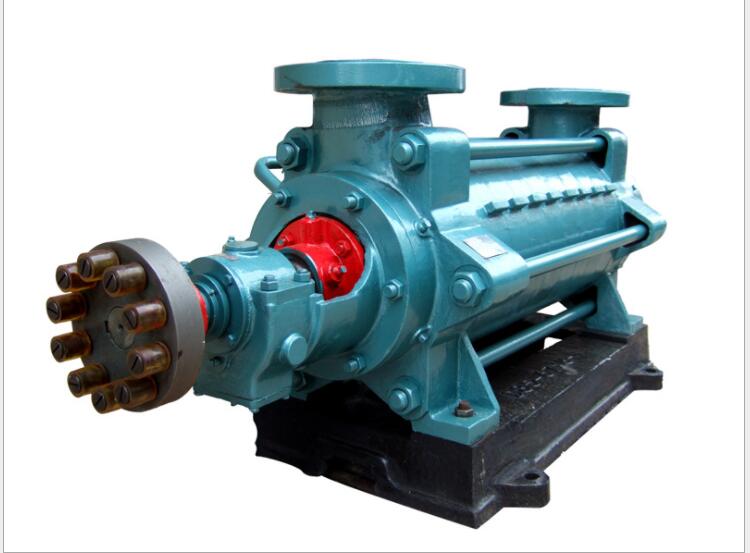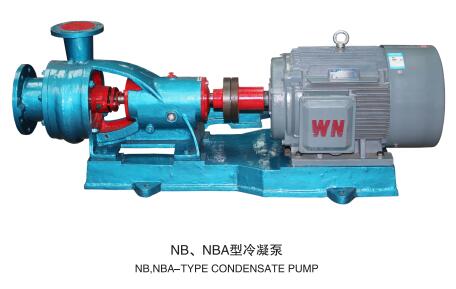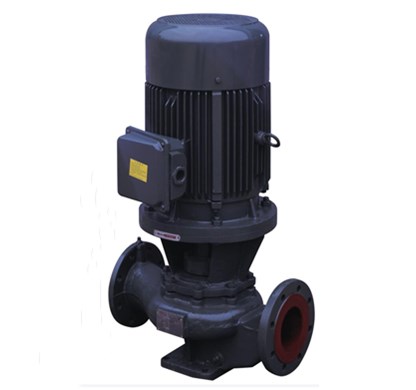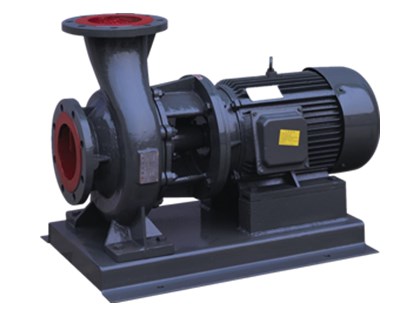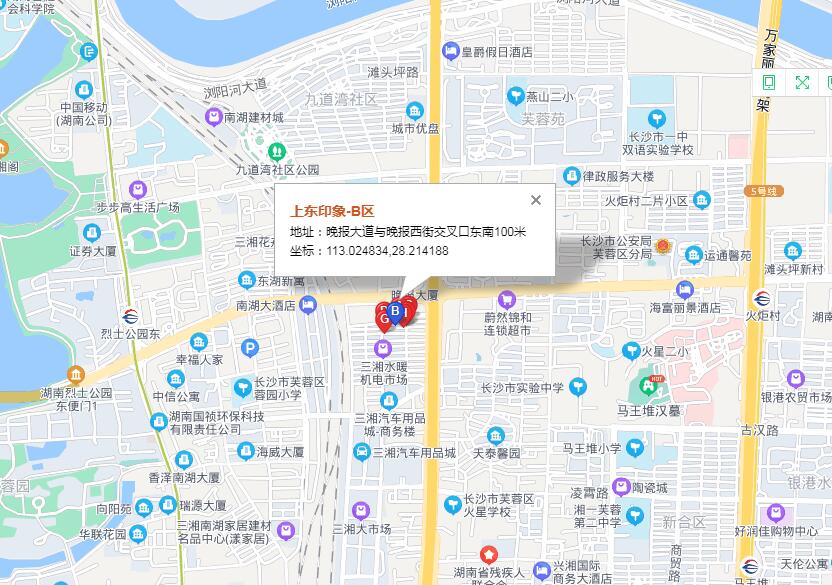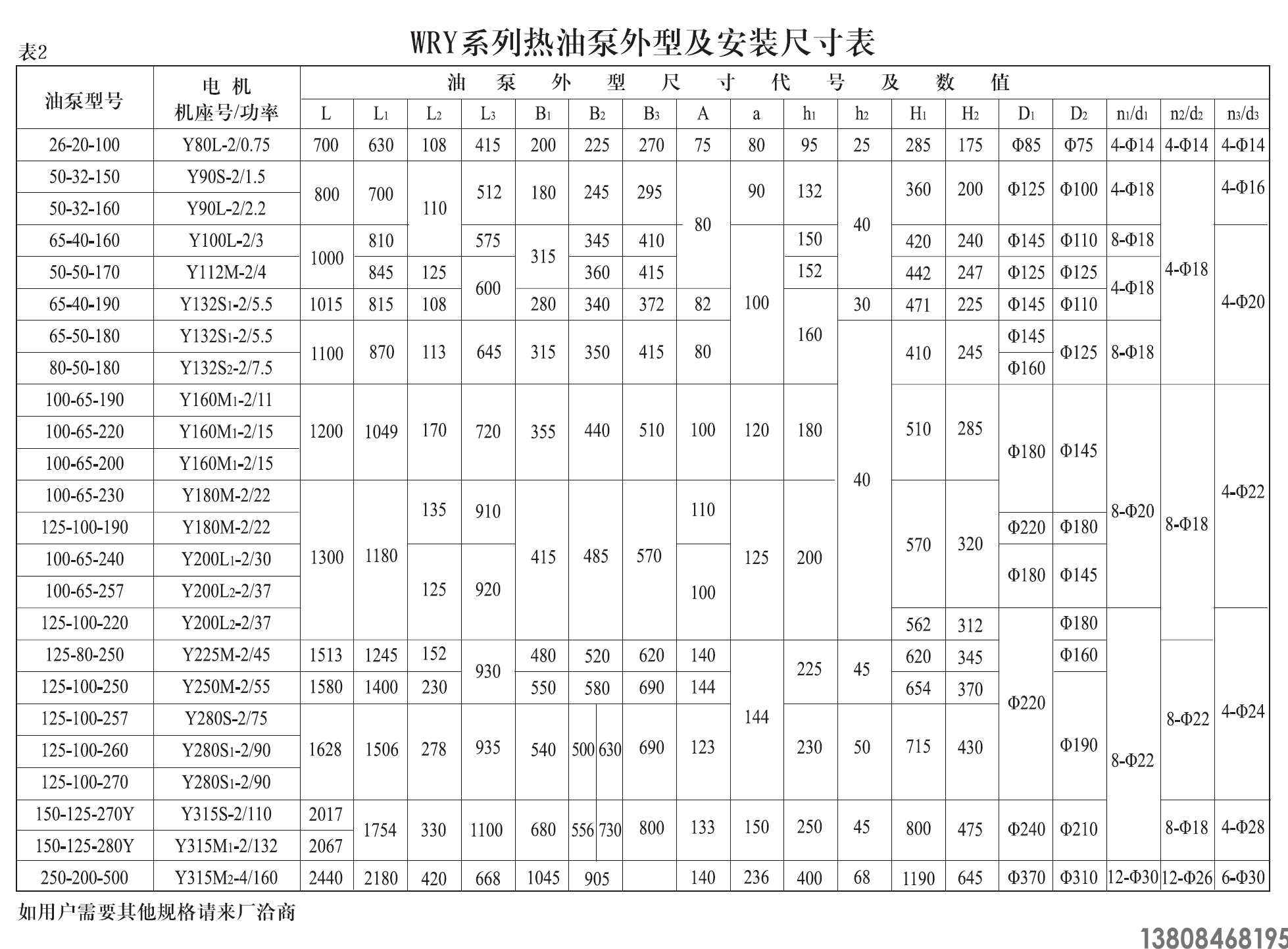
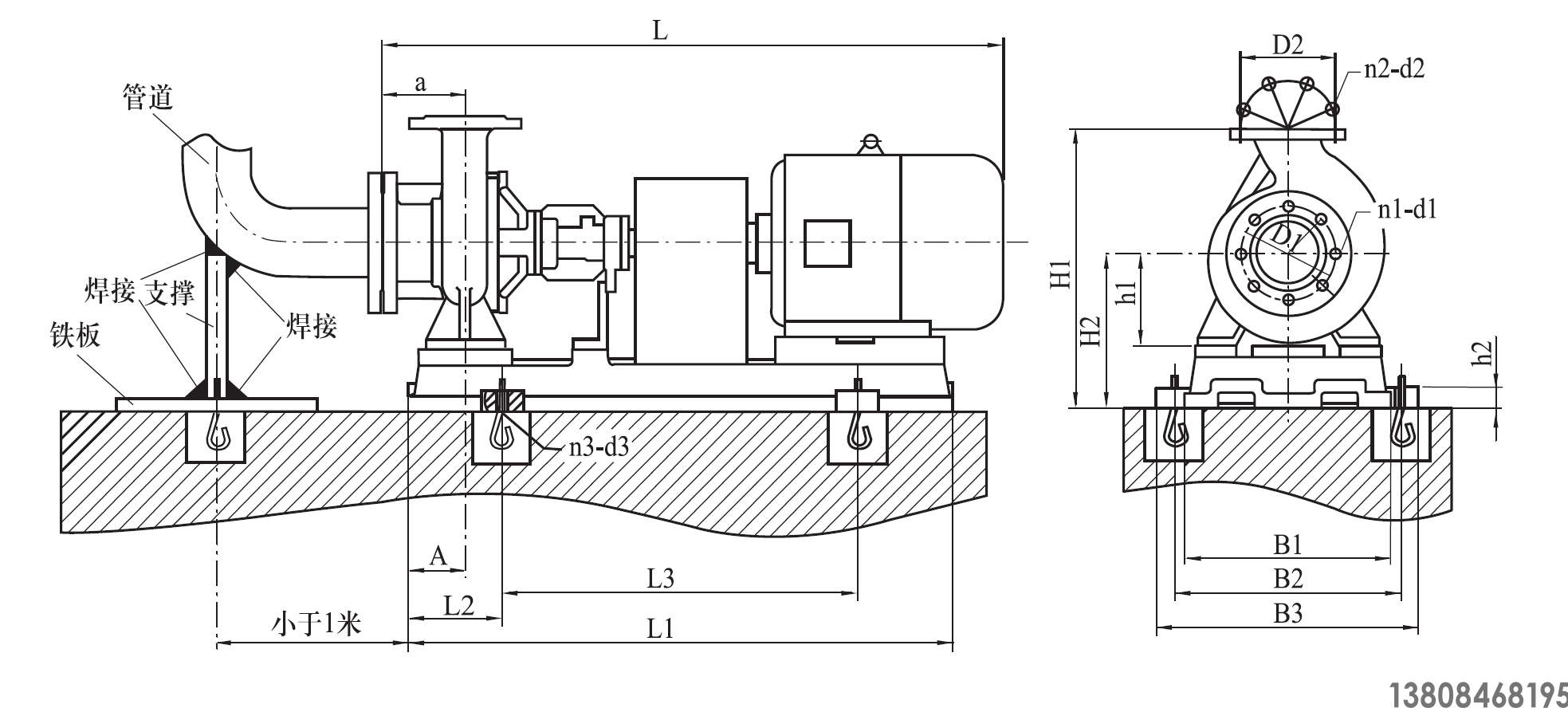
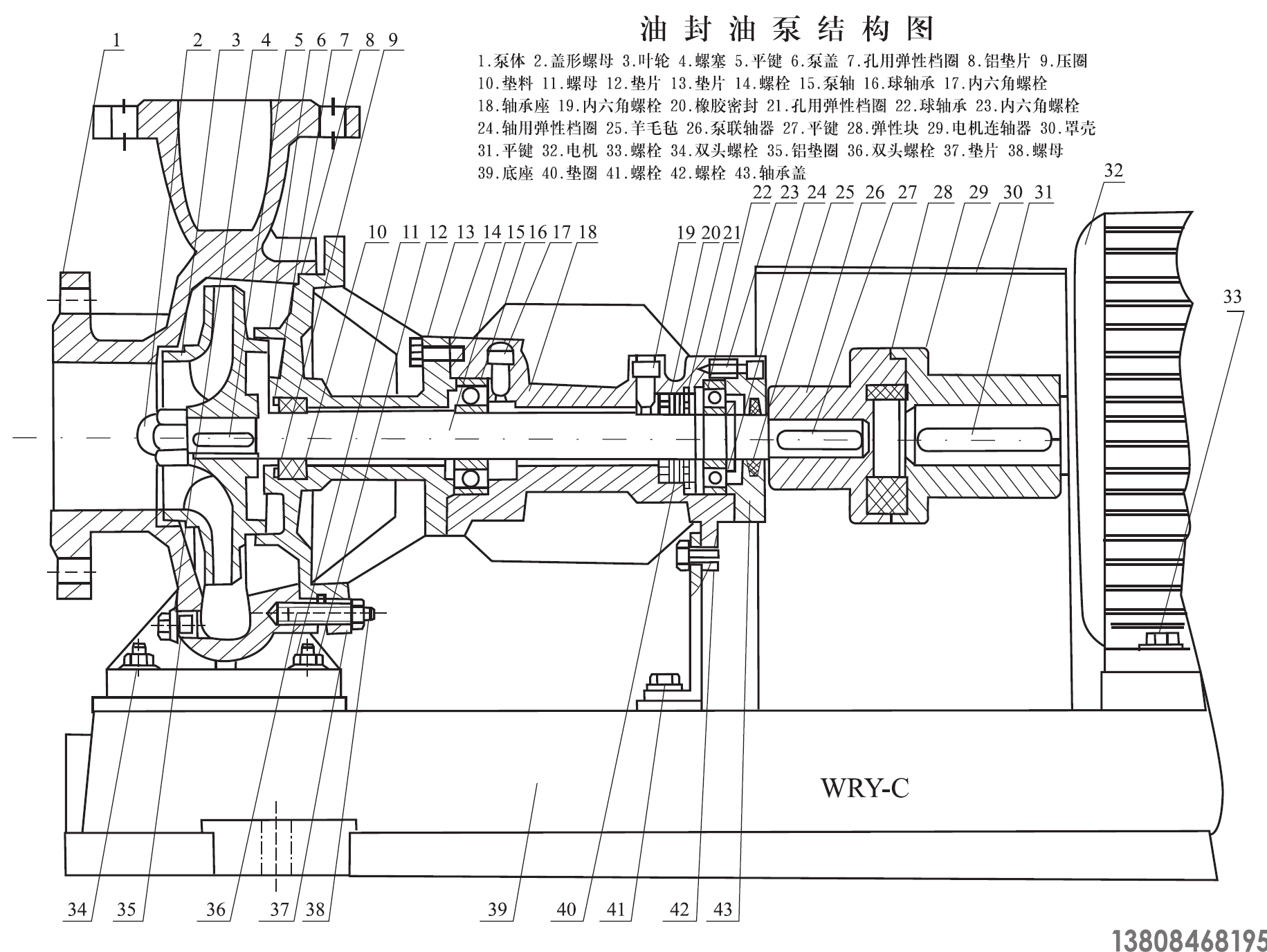
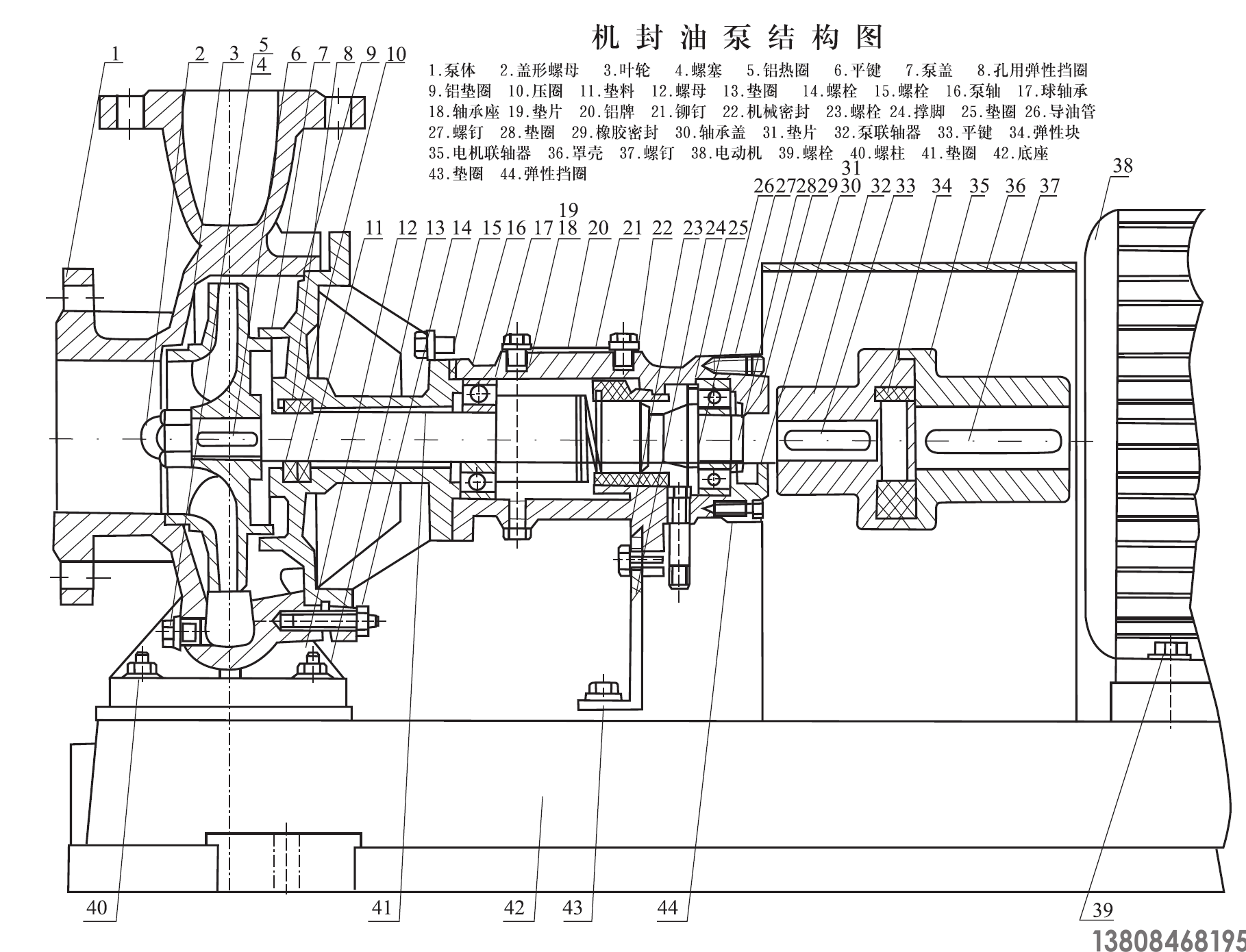
泵的使用和維護
首先泵與管道安裝好后,不論是采用水壓、氣壓,泵的進出口閥門一定要關閉,方可進行試壓,以防損壞密封件,造成漏油。
1.開機準備
(1)清理現場,擰開軸承座螺絲,加入干凈導熱油作潤滑油。110KW以上大油泵加注潤滑油時由一孔注入直到另一孔有油溢出為止,在灌注過程中用手撫過聯軸器,待孔內不再有氣體冒出即可擰緊螺孔螺栓。
(2)檢查電機轉向是否與泵旋轉方向一致。
(3)用手搬動聯軸器泵應轉動靈活。
(4)開車前應使用所輸送的導熱油將泵灌滿,以驅除泵中空氣,此時吐出口管道上R的閘閥應關閉。
(5)所輸送的導熱油在開車前要均勻加熱,預熱是利用被輸送的導熱油不斷通過泵體進行的,應避免溫度的劇烈波動,如有異常情 況,應立即停機檢查。
預熱標準:泵殼溫度不得低于入口油溫40℃,預熱速度為50℃/ 小時,在開車預熱時應將泵支架上的側螺釘松開0.3-0.5亳米,預熱完畢應擰緊螺釘。
(6)開車前應檢查基礎及螺栓有無松動,密封是否正常。
2.開機
(1)全面檢查各項準備工作是否已經完善。
(2)打開各種儀表的開關。
(3)接通電源,當泵達到正常轉速,且儀表顯示出相當壓力后,逐漸打開輸出管路上的閘閥,并調節到需要工況。在輸出管路上的閘閥關閉的情況下,泵連續工作不能超過3分鐘。
(4)泵初始運行期間,把生產流程中的設備緩緩加熱到100~130℃,并且保持在該溫度下繼續運行,脫水脫氣到導熱油中的水分完全蒸發,才把設備加熱到操作溫度。
(5)在機組初次投入使用,運行于工作狀態之后(或實際試運行 3-4小時〉,應再次停機檢查兩聯軸器同軸度是否發生變化,如有變動可仍然按上述機組的安裝與檢查中的規定來調節聯軸器同軸度,直到符合要求且泵軸能用手輕松盤動時即可。
(6)開機過程中,要時時注意電動機的功率讀數及振動情況,振動值不超過0.6毫米,如有異常應停車檢查。
3.維護
(1)泵軸在前端設置有填料箱,密封性能較為可靠,同時在軸承座中設置有機械密封和油封裝置,因此大量的泄漏不可能出現,而少量的泄漏可以通過泄漏管口排出接收。在開始運行初期有少量泄露是正常的,在經過一定時間密封面磨合后泄漏將會減少或停止。
(2)輸送介質傳到泵蓋和軸承上的熱量,由泵蓋和軸承座的表面散熱,使軸承座的溫度適應于軸密封性能的溫度。因此選擇泵的安裝位置時,要使泵蓋和軸承座的熱量便于擴散,不出現任何蓄熱現象。
(3)軸承座中設置有兩個球軸承,靠泵葉輪側的一個球軸承用所輸送的導熱油潤滑,靠聯軸器側的一個球軸承則用高溫潤滑脂潤滑。
每個球軸承在運行3000小時之后,必須拆下用柴油清洗干凈后,檢查接觸面是否損壞,如有損壞,必須換新的軸承。
靠葉輪側的球軸承安裝時,有防塵蓋的一側要朝向葉輪專 機前注入導熱油潤滑。
靠聯軸器側的球軸承,用復合鈣基高溫潤滑脂(ZFG-4),該軸承重新安裝時,有防塵蓋的一側同樣要朝向葉輪側安裝,安裝時充填潤滑脂(約1/2球軸承與殼體的空間〉。
在軸承運行48小時后,要用潤滑脂槍向軸承蓋上的壓注油杯注入補充潤滑脂。
(4)不允許用輸入管上的閘閥調節流量,避免產生氣蝕。
(5)泵不宜低于30%設計流量下連續運轉,如果必須在該條件下運轉,則應在出口裝旁通管,且使流量達到上述最小值以上。
(6)經常檢查地腳螺栓的松動情況,泵殼溫度與入口溫度是否一致,出口壓力表的波動情況和泵的振動情況。
(7)注意泵運行有無雜音,如發現異常狀態時,應及時處理。
4.停機
(1)切斷電源。
(2)將泵內液體放空,清洗且應定期把葉輪旋轉180°以防止軸變形,直至泵體完全冷卻為止。
泵的拆卸和裝配
1.泵的拆卸順序
(1)放凈泵內液體及軸承托架內的潤滑油。
(2)擰下電機固定螺栓,將電機搬離底座,拆下兩半聯軸器。
(3)拆下泵蓋聯接,松開軸承座托架螺栓,將泵蓋連同軸承托架和轉子部分一起從泵體內抽出。
(4)擰下葉輪螺母,拆下葉輪。
(5)擰下泵蓋與軸承座螺栓,拆下泵蓋。
(6)擰下右端軸承蓋螺栓,拆去軸承蓋。
(7)拆下軸承擋圈。
(8)將泵軸從軸承座中壓出。
(9)將泵軸壓出軸承和取下機械密封件動環和“O”形圈彈簧(不損壞,無須取下〉。
(10)在軸承座內壓出靜環“O”形圈。
2.泵的裝配
泵的裝配順序可按拆卸相反順序進行。拆卸后再裝配時要檢查機械密封件和各零件是否失效,如有失效損壞現象等發生,一定要換新的配件,安裝時務必小心謹慎,不要敲打,以免損壞零件。
機組的安裝和檢查
1.泵安裝的好壞對泵的平穩運行和使用壽命有很重要的影響,所以安裝工作必須仔細地進行,不得草率行事。
2.泵吸入管的安裝高度、長度和管徑應滿足計算值,力求簡短,管道彎頭中心到泵底座頭部距離一般應小于1米并有焊接鐵板及支撐,見圖1、圖2、圖3所示。
3.吸入和吐出管路也應有管架或支撐,泵不允許承受管路的負荷。
警告:管道上的熱膨脹所產生的應力,如果傳遞到泵機上,會造成泵機變形,損壞聯軸器和軸承以及泵軸等,所以在靠近泵體時,一定要進行支撐。
4.安裝地點應足夠寬敞,以方便檢修工作和散熱良好。
5. 安裝順序:
(1)將機組放在埋有地腳螺栓的基礎上,在底座與基礎之間放成對墊,作找正用。
(2)松開聯軸器,用水平儀分別放在泵軸和底座上,通過調整楔塊墊使機組調整至水平,適當擰緊地腳螺栓,以防走動。
(3)用混凝土灌注底座和地腳螺栓孔。
(4)待混凝土干固后,檢查底座和地腳螺栓是否有不良或松動等現象,檢查合格后應擰緊地腳螺栓,并重新檢查泵的水平度。
(5)校正泵軸和電機軸的同軸度,用驗平尺檢驗時在聯軸器外圓上的圓跳動不得超過0.1毫米,兩聯軸器平面間的間隙應保證在2~3 毫米之間,通過驗平尺相差90°對聯軸器進行校驗時另一方向的圓跳動也不得超過0.1毫米,調節時一般相對于泵來調節電機,可用平板墊的墊入方法來調整聯軸器的同軸度。
(6)在接好管路及確定原動機轉動方向后,再接上聯軸器,并再校核一遍聯軸器外圓的同軸度。
注意:聯軸器不同心時,會造成聯軸器及彈性塊磨損過大,也會導致軸承和軸封的損壞,以及泵軸折斷。同軸度達不到安裝要求嚴禁開車。
(7)在安裝過程中為防止雜物落入機器內,應將機組所有孔眼均蓋好。
(8)泵在開啟前應對進出管道進行清洗,特別是對于焊接式管道應注重處理毛刺和焊渣及氧化皮,在泵的進口段需加上過濾器,以防雜物進入泵內。
Pump usage and maintenance:
Firstly, after the pump and pipeline are installed, whether using water pressure or air pressure, the inlet and outlet valves of the pump must be closed before pressure testing to prevent damage to the sealing parts and oil leakage.
1. Preparation before start-up:
(1) Clean the site, loosen the bearing seat screws, and add clean heat transfer oil as lubricating oil. For oil pumps above 110KW, lubricating oil is injected from one hole until oil overflows from another hole. During the filling process, stroke the coupling with your hand until no gas escapes from the hole, then tighten the screw bolt.
(2) Check whether the motor rotation direction is consistent with the pump rotation direction.
(3) Move the coupling pump by hand to ensure flexibility.
(4) Before starting, fill the pump with the heat transfer oil to be transported to remove the air in the pump. At this time, the gate valve R on the outlet pipeline should be closed.
(5) The heat transfer oil to be transported should be evenly heated before starting. Preheating is carried out by continuously passing the heat transfer oil to be transported through the pump body, and temperature fluctuations should be avoided. If there is an abnormal situation, stop immediately for inspection.
Preheating standard: The pump casing temperature should not be lower than the inlet oil temperature of 40℃, and the preheating speed should be 50℃/hour. During preheating, loosen the side screws on the pump bracket by 0.3-0.5 mm. After preheating, tighten the screws.
(6) Before starting, check whether the foundation and bolts are loose and whether the sealing is normal.
2. Start-up:
(1) Check whether all preparations have been completed.
(2) Turn on the switches of various instruments.
(3) Turn on the power supply. When the pump reaches normal speed and the instrument displays a corresponding pressure, gradually open the gate valve on the output pipeline and adjust it to the required working condition. The pump cannot work continuously for more than 3 minutes with the gate valve on the output pipeline closed.
(4) During the initial operation of the pump, slowly heat up the equipment in the production process to 100-130℃ and keep it running at this temperature. Dehydration and degassing of water in the heat transfer oil should be completely evaporated before heating the equipment to the operating temperature.
(5) After the unit is put into use and runs in working condition (or actual trial operation for 3-4 hours), stop again to check whether the coaxiality of the two couplings has changed. If there is a change, adjust the coaxiality of the couplings according to the installation and inspection requirements of the unit until it meets the requirements and the pump shaft can be easily rotated by hand.
(6) During start-up, always pay attention to the power reading and vibration of the motor. The vibration value should not exceed 0.6 mm. If there is an abnormal situation, stop for inspection.
3. Maintenance:
(1) The pump shaft is equipped with a stuffing box at the front end, which has reliable sealing performance. At the same time, there are mechanical seal and oil seal devices in the bearing seat. Therefore, a large amount of leakage cannot occur, and a small amount of leakage can be discharged through the leak pipe. A small amount of leakage at the beginning of operation is normal. After a certain period of time, when the sealing surface is worn in, leakage will decrease or stop.
(2) The heat transmitted by the conveyed medium to the pump cover and bearing is dissipated by the surface of the pump cover and bearing seat, so that the temperature of the bearing seat adapts to the temperature of shaft sealing performance. Therefore, when choosing a pump installation position, make sure that heat dissipation from the pump cover and bearing seat is easy and that no heat storage occurs.
(3) Two ball bearings are installed in the bearing seat, with one ball bearing adjacent to the impeller lubricated with heat transfer oil, and another ball bearing adjacent to the coupling lubricated with high-temperature grease.
After each ball bearing has been running for 3000 hours, it must be removed and cleaned with diesel oil to check whether there is any damage to its contact surface. If there is damage, a new bearing must be replaced.
When installing a ball bearing adjacent to an impeller, make sure that one side of its dust cover faces toward the impeller.
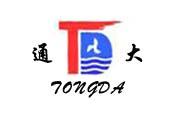 通大長沙水泵廠
Tongda Changsha Pump
國家高新技術企業
通大長沙水泵廠
Tongda Changsha Pump
國家高新技術企業
